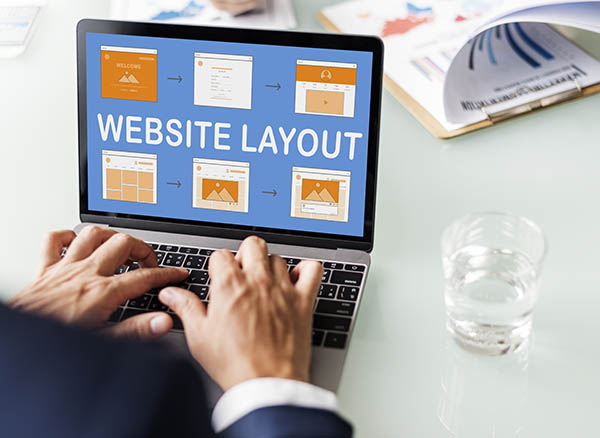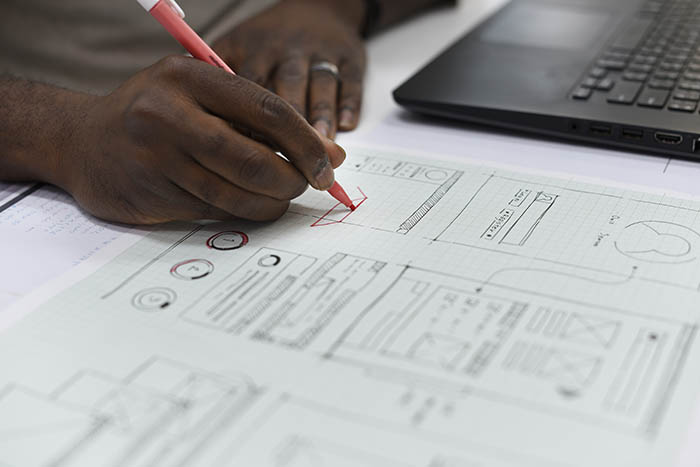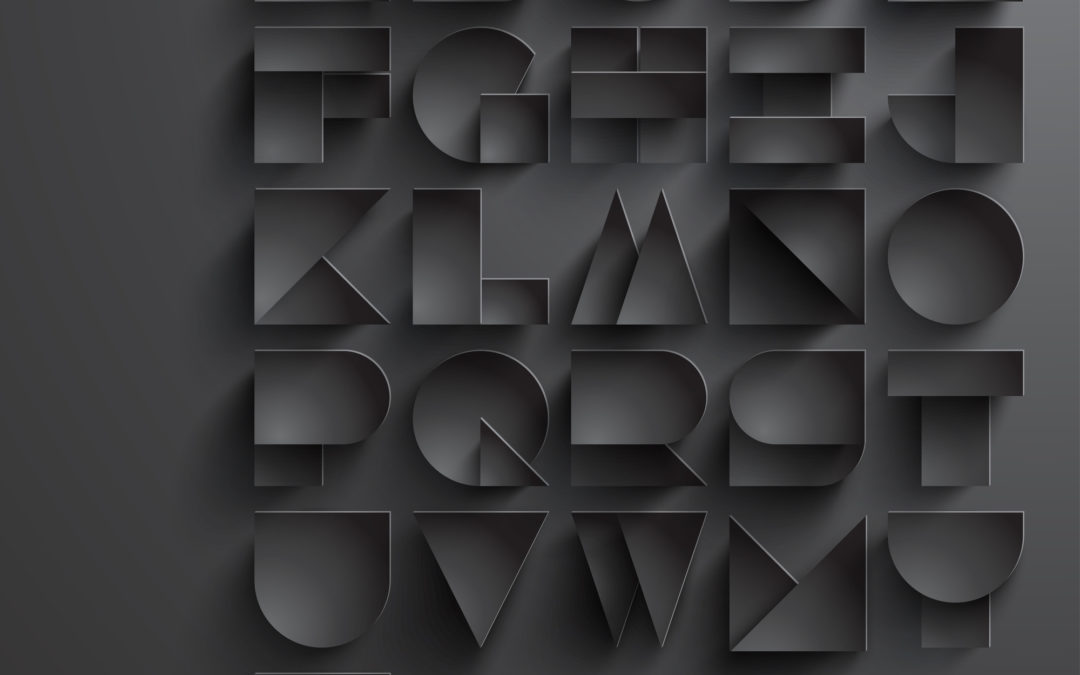 Ye olde interwebs has certainly come a long way in 20 plus years since chat rooms and rudimentary pages were the wonder of the day. The addition of mobile devices able to support browsing, starting with the release of the iPhone in 2007, further changed the landscape, and a long list of rapid advances have now created an era of unparalleled access where users can find information and make purchases on the go.
Ye olde interwebs has certainly come a long way in 20 plus years since chat rooms and rudimentary pages were the wonder of the day. The addition of mobile devices able to support browsing, starting with the release of the iPhone in 2007, further changed the landscape, and a long list of rapid advances have now created an era of unparalleled access where users can find information and make purchases on the go.
As a result, businesses really have to keep up with the latest web design trends to ensure optimal function and aesthetic appeal. In other words, you need to remain competitive in online and mobile spaces if you want to retain customers and bring in new business.
Along these lines, you’ll want to get on board with the revolution in typefaces as a decorative element. No longer are you resigned to using plain, black, sans-serif fonts for your content. You can now use creative typefaces, styles, and effects as an integral element of your overall design, delivering text elements that are also graphic in nature.
How does it work? Or more to the point, how can you get in on this growing trend without looking like a rank amateur? With a bit of background and help from a seasoned web design expert, you can take advantage of new innovations in typeface to make your text into an engaging design element.
Big, Bold Text
Hero fonts, or bold, creative typefaces, have seen a huge surge in popularity over the last several months, replacing images as a standalone means of drawing the eye in order to engage viewers. Why is this happening? There are a couple of reasons.
First and foremost, some graphic image and video elements can cause functional difficulties from a responsive perspective. They may take longer to size or load for mobile browsing, impacting the user experience in the process. Less complex hero text doesn’t present this problem.
In addition, it gives websites the opportunity to present a streamlined, but still attractive and compelling layout to grab viewer attention and encourage further interaction. It’s the flavor of the month, so to speak, and it appeals to a modern audience with little time to spare for superfluous elements that add little to the user experience.
Serif Fonts
There is a long-held rule that serif fonts, featuring letters that have extraneous strokes attached to the ends, are better used in print text, while the clean lines of sans-serif fonts are easier to read in a digital format. Of course, digital formats, including resolutions, have improved dramatically over the years.
In this new era of typeface reinvention, the old rules are being tossed out the window, and that includes the exclusive use of sans-serif fonts. If you you’ve been dying to bold up your Times New Roman font, go right ahead. Your web design specialists can help you figure out the best ways to experiment with different types of fonts and make them work in a digital format.
Moving Text
 We’re not talking intro to Star Wars, necessarily, with text auto scrolling to a distant point on the horizon, but rather text that moves in two or even three-dimensional imaging to catch the eye and engage viewers as they scroll, in much the same way as video content might.
We’re not talking intro to Star Wars, necessarily, with text auto scrolling to a distant point on the horizon, but rather text that moves in two or even three-dimensional imaging to catch the eye and engage viewers as they scroll, in much the same way as video content might.
Fixed Text with Scrolling Images and Vice Versa
This is already popping up on modern websites as a delightfully unexpected visual element. Instead of the typical upward scrolling text, viewers get to enjoy an interplay between text and graphics that makes them look twice to see which is fixed and which is moving. It’s a bit of visual trickery that is simple, but mesmerizing.
Expressive Typography
Can the right font create an emotional experience for viewers, as well as delivering a message? When you use expressive typography, the answer is yes. The size, shape, style, and color of font can all elicit emotions. What happens when you feather the edges of font? What if they’re imbued with movement so that they become an animated component of your interface?
Creativity is the name of the game when it comes to using typography to your greatest advantage, and you need a web design partner that has the skill, experience, and insight to help you craft your modern interface using typography as a design element. Contact the experts at Storypowered today at 828-450-2551 or online to learn more
